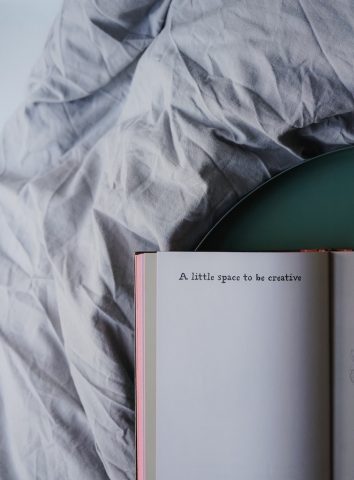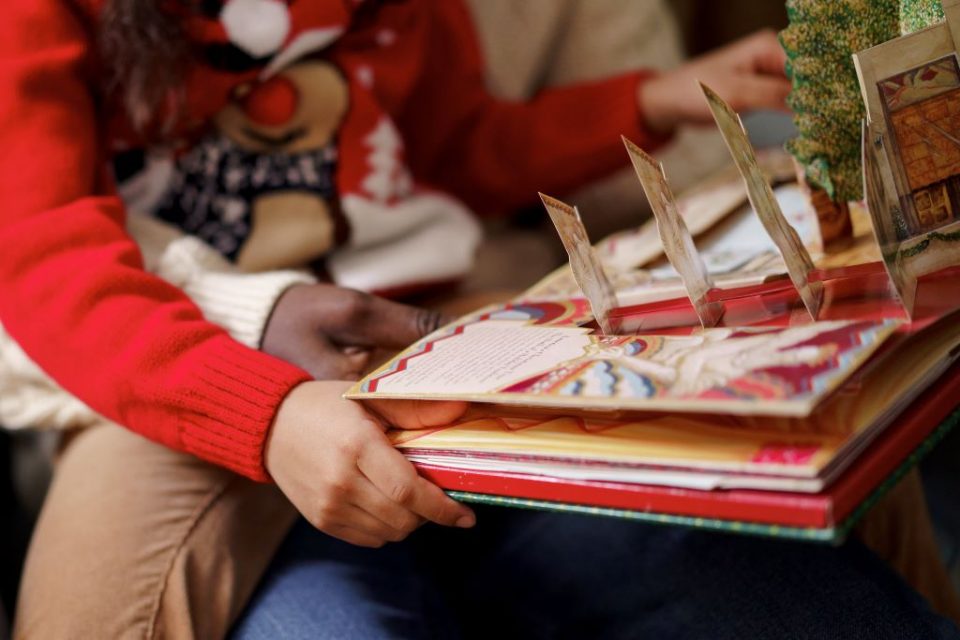Build your Creativity on Paper

Successful People’s Outdoor Retreats to Escape Lockdown
May 6, 2021
Sustainable Food Packaging Trends
May 13, 2021
Business Optimizer considers creative exercises that require only a pen and a sheet of paper – and that are proven to help you develop your creative thinking.
According to the New York Times many of us are feeling a little “meh” right now. If you need a little creative inspiration in your life, try these three exercises.
All you need is a pen and a sheet of paper and you can kick start your creativity.
Blind portraits
Blind portraits are a well-known activity used by art teachers to help students think about how they use their pencil or pen and to develop hand – eye – brain coordination. Working in pairs, students simply take it in turns to draw each other’s portrait without ever looking down at the paper!
As well as producing some hilarity about the results, the technique teaches children to let go when drawing – great, interesting results can be achieved even when we don’t think too much about the outcome. For this reason, the technique is also highly valued as an ice-breaker activity in workshops and seminars.
Artist Allison Kunath takes the approach one step further: she draws blind portraits using one continuous line, never taking her pen away from the paper. She says, “I’m forced to make these interesting shapes that are somehow better than if I was watching where my pen was going”.
Thirty circles
The Innovation Lab has developed a shortlist of nine ideation exercises you can use to develop the creativity of yourself and your team. Top of their list is “thirty circles” a great warm up exercise that it says is perfect for beginning or closing an ideation session or a workshop.
Agne Strimaityte says, “It is simple, fun and at the same time has a hint of challenge. You can do it alone or with a group of participants and adjust the difficulty by changing the time frame. The goal is to push the limits of your creativity and fill up the sheet of 30 empty circles with as many recognisable objects as possible in the given time.”
She recommends a timeframe of three minutes, with extra time allowed for discussion afterwards. Participants might choose to fill their circles with pizzas, clocks, fruit, sports balls – the more creative the ideas the better!
Agne says, “Thirty Circles highlights the balance between fluency (the speed and quantity of ideas) and flexibility (how different or divergent they are).”
Swirling Swirls
Designer Stefan Mumaw has developed a plethora of ideas for boosting the creative inspiration for drained designers. One of the simplest is an introduction to a doodling habit you can undertake whenever you find yourself with pen, paper and a few minutes to spare.
Stefan says, “Not only will this habit develop hand skills, it will also improve your eyes’ ability to evaluate curves and compositions as you create decorative panels of swirls (filigree that could be enjoyed for what it is and/or saved for future professional projects.)”
All you need is a sheet of ordinary paper and a fine or an extra-fine tipped rollerball pen. Fold your letter-size sheet of paper into quarters then visualize how a double-ended swirl will look within one of the quarter-sheet panels. Rehearse your stroke a few times without touching pen to paper. Then, when you’re ready, draw the swirl with confidence and grace. Add a couple more swirls to your first, adding smaller curls as the work progresses.
Stefan says, “Feeling inspired? Fill another of your paper’s panels with a design that has a radically different visual personality. How about a design based on squares or triangles? Or mixed shapes?”
Need more inspiration? Discover why people love doodling.
Plus, our thoughts on why the notebook is the ultimate productivity tool.



